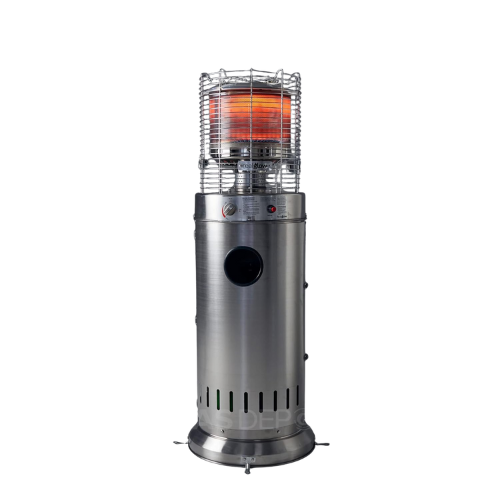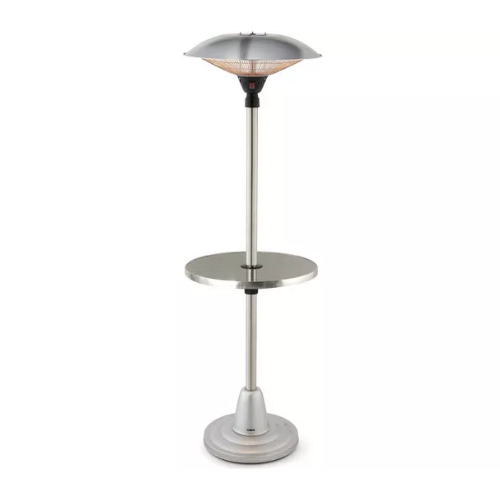5 Mistakes You're Making That Make Patio Heaters Less Effective — Or, at Worst, Actually Pretty Dangerous
These patio heater mistakes aren't just careless; they can be serious safety risks. Keep your garden warm and safe by avoiding these common slip-ups
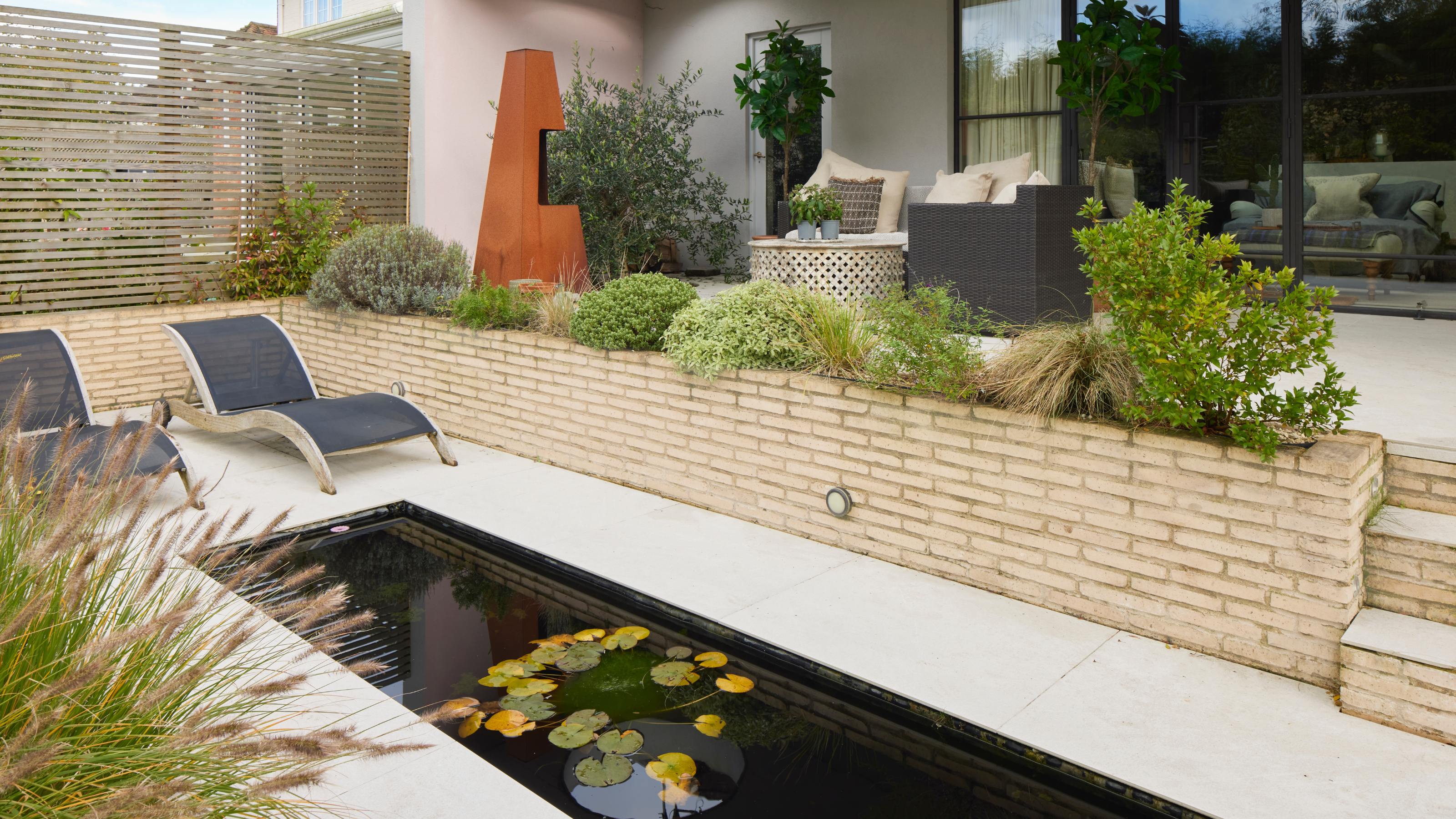

A good patio heater is an essential purchase if you plan on hosting any outdoor events this summer. So long as you watch out for these common mistakes.
These are the types of errors that won't just impact the design of your garden; they can have serious ramifications regarding the safety of your outdoor space. While we may be vigilant about protecting ourselves against fires and carbon monoxide leaks inside our house, we can often be found guilty of taking a slightly more lax approach when it comes to our gardens.
But these potential risks don't mean you should avoid them altogether, so long as you get comfortable with the appropriate rules around outdoor heating, you should be set for countless evenings spent outdoors, no matter the weather.
1. Being Lazy With Maintenance

We've all fallen victim to laziness before; after all, it's only natural. But some tasks warrant some extra thought and care, no matter how much you'd rather put them off.
"Dust, debris, and spider webs can easily block gas lines or burners, especially if the heater’s left outside year-round," explains Todd Proctor from Leisure Living.
It's easy to brush off your heater's maintenance guidelines as a mere suggestion, but the reality is that if you allow this debris to build up, you may be looking at a broken heater, otherwise known as an outdoor dining disaster.
Todd suggests a monthly clean and check-over to keep any unwanted dust at bay, saying, "A can of compressed air and a quick inspection can go a long way. into the heater. Only spray bug repellents on a cold, non-running heater."
The Livingetc newsletters are your inside source for what’s shaping interiors now - and what’s next. Discover trend forecasts, smart style ideas, and curated shopping inspiration that brings design to life. Subscribe today and stay ahead of the curve.
I'd recommend this Sterlix Air Duster Can from Amazon, as well as this Incognito Insect Repellent Spray.
2. Poor Positioning
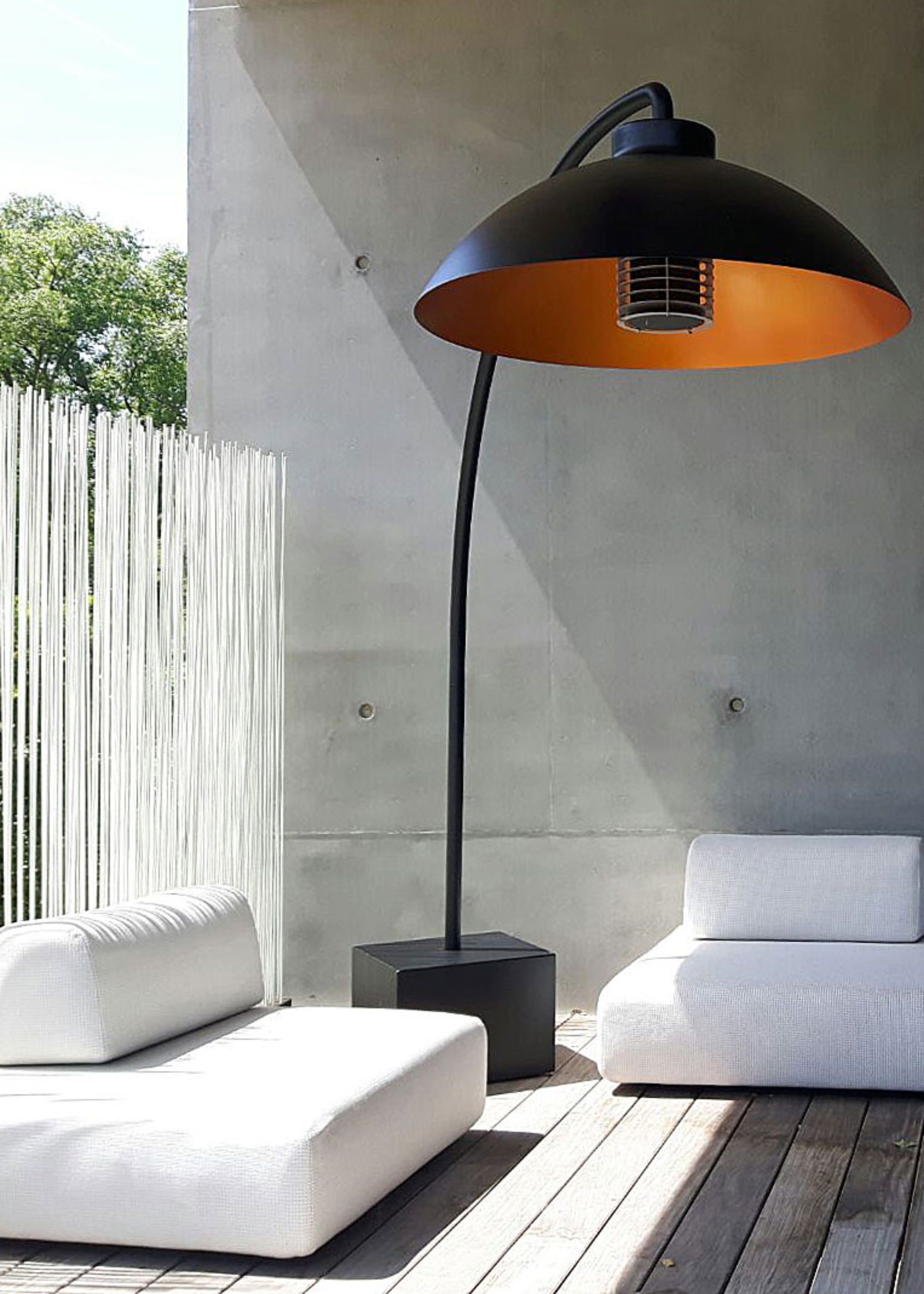
"A mistake I see all the time is people placing a patio heater right in the middle of the space, thinking it will heat everything evenly — it won’t," shares Jon Gilbertsen, CEO at Chris Heating & Cooling.
There's an obvious logic behind this approach; it's easy to assume that a central positioning would lead to the most effective heat distribution, but unfortunately, this is a fundamental misunderstanding of the way most outdoor heaters work.
"Most freestanding heaters shoot heat up and out, and it drifts fast, especially if there’s wind. The closer you sit, the more warmth you feel," explains Jon.
By attempting to apply our understanding of traditional types of heating to these products, we end up putting ourselves at risk of danger.
"People think of patio heaters like space heaters, but they work more like grills — with an open flame, rising heat, and the risk of carbon monoxide buildup," says Jon.
When Chris Heating & Cooling first started in 2005, they had one goal in mind—providing local families with comfortable solutions that fit not only their lifestyle but also their pocketbook. A family-owned and operated business, they are a Bryant Factory Authorized Dealer that offers expert installation and maintenance by a skilled team of factory-trained professionals.
3. Using Heaters in Enclosed Spaces
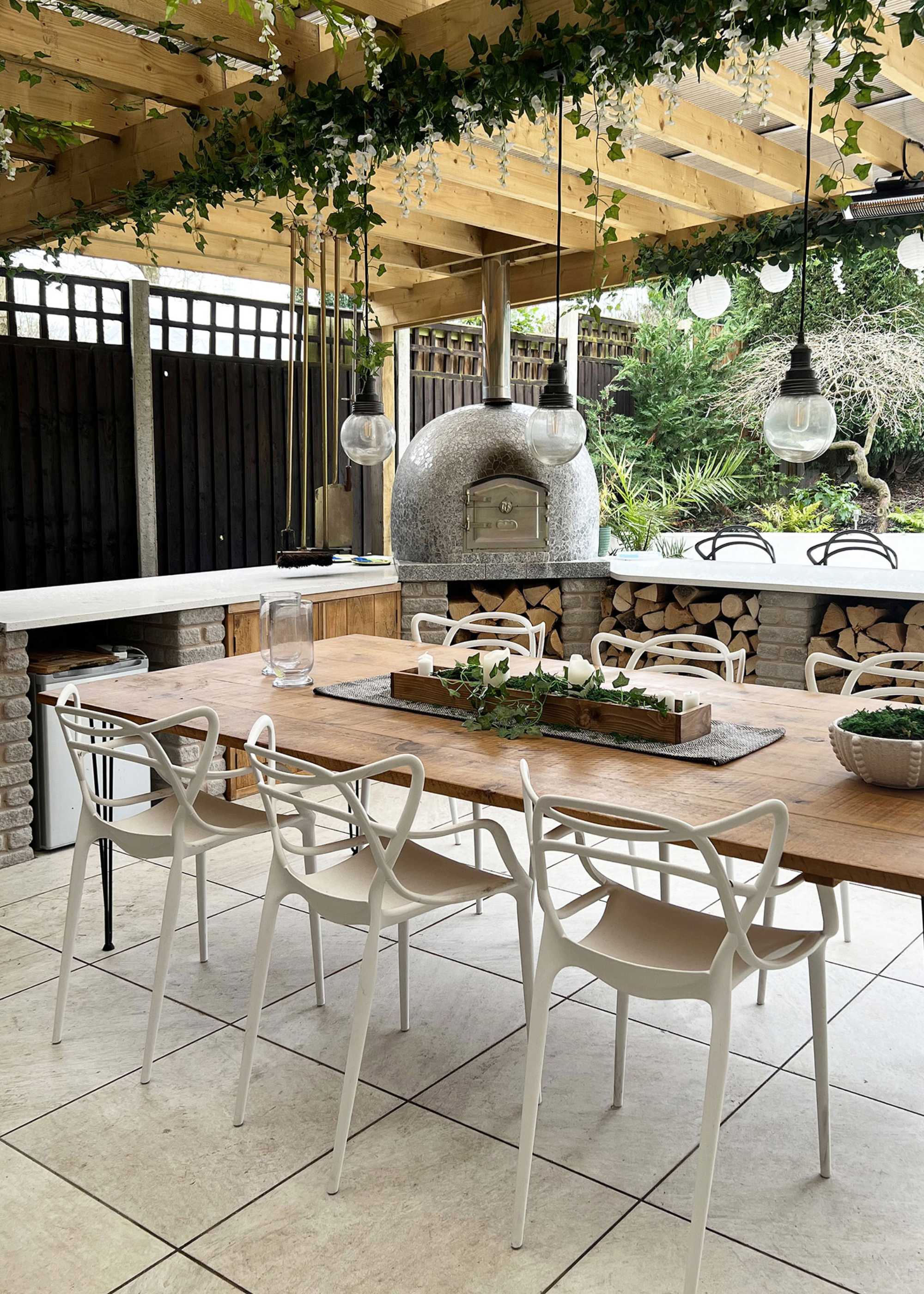
While regular garden design mistakes may cause some aesthetic issues, these slip-ups can cause major safety concerns, and none more so than this common problem.
"One of the biggest mistakes is putting a patio heater in an enclosed space like a gazebo with plastic walls or inside a screened porch," says Jon.
This mistake, when done with some types of heaters, can cause potentially fatal risks, explains Jon. As he says, "If it's a gas or propane model, there's a real risk of carbon monoxide buildup."
The best place for a heater, no matter its energy type, is always somewhere with a healthy amount of airflow, to minimize any potential for disaster.
4. Buying the Wrong Fuel
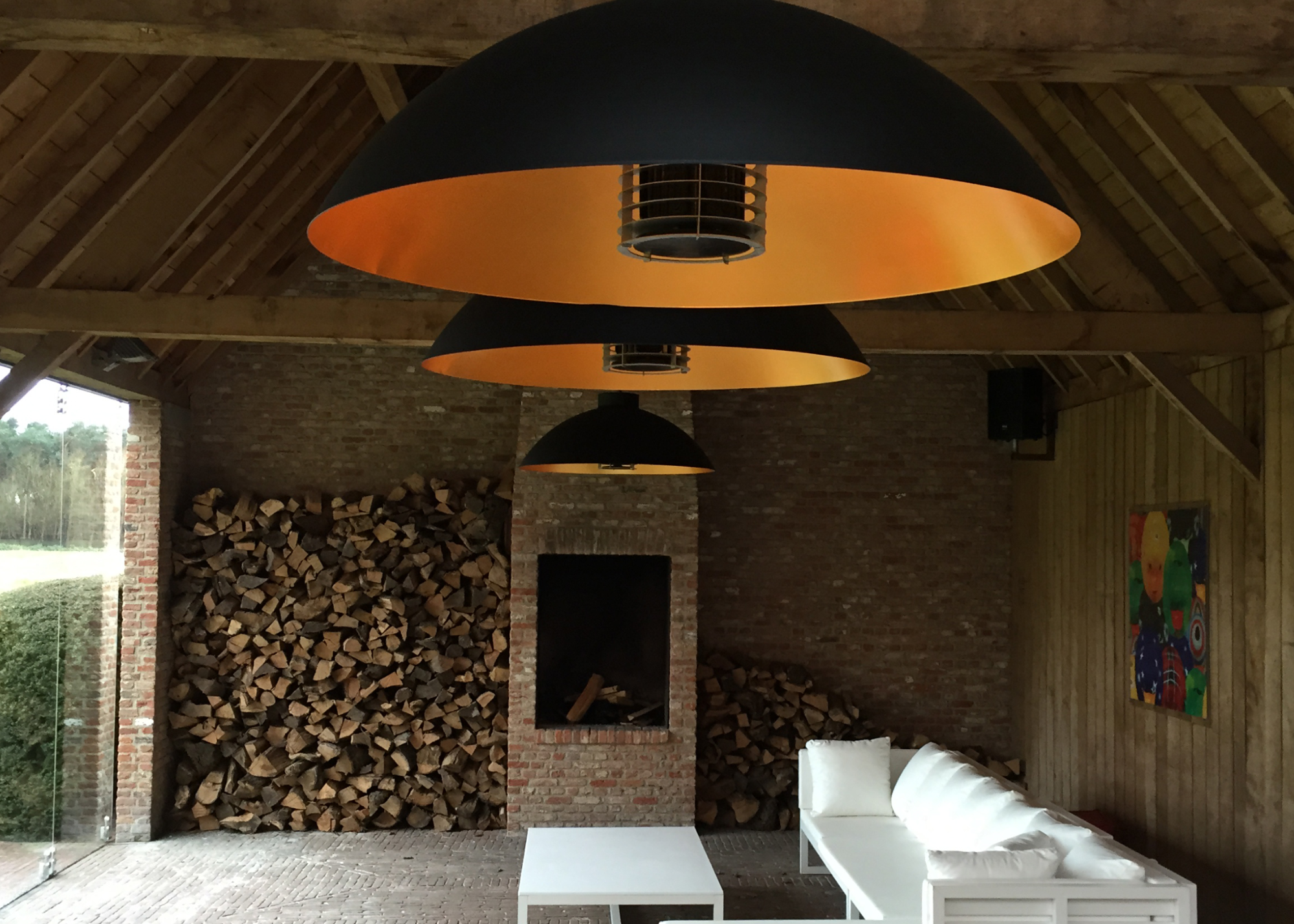
When it comes to fuel types, this is not a one-size-fits-all situation. Your modern garden heater will likely require a specific type of fuel, and opting for the wrong one can cause serious issues in its functioning.
"Low heat output or inconsistent flames often come down to mismatched fuel types or underpowered tanks," explains Todd.
To prevent this from happening, Todd suggests, "Make sure you’re using the exact fuel and tank size your heater calls for, and check for any kinks or damage in your gas lines."
It's always worthwhile to read the fine print before loading up your heater, so you can ensure you're getting the most out of it. Plus, we'd always recommend looking out for a more sustainable, green energy option when possible.
5. Underestimating the Size

"I think people often underestimate the size of the heater they need," comments Dan Staupe, co-owner of Compass Exteriors.
So often, we'll opt for the smallest option we can find, hoping to prevent the unnecessary loss of any additional floor space, especially in small, urban gardens, but, as Dan explains, "You have to consider the space you’re trying to heat and you also need to consider how that heat is going to disperse."
This will also differ depending on the type of heater you choose to buy, as the heat dispersion is not always consistent across models.
Compass Exteriors is a trusted name in the exterior contracting industry, serving homeowners throughout the Twin Cities and the South Metro area for over 20 years. Through the trust of their customers, they have built a solid reputation for delivering exceptional craftsmanship, using high-quality materials, and providing outstanding customer service.
For a functional outdoor entertaining area that can be used well past the peak of summer, it's always best to have a couple of outdoor heaters on hand, just so long as you stick by this advice.

Maya Glantz is a Design Writer at Livingetc, covering all things bathrooms and kitchens. Her background in Art History informed her love of the aesthetic world, and she believes in the importance of finding beauty in the everyday. She recently graduated from City University with a Masters Degree in Magazine Journalism, during which she gained experience writing for various publications, including the Evening Standard. A lover of mid-century style, she can be found endlessly adding to her dream home Pinterest board.
